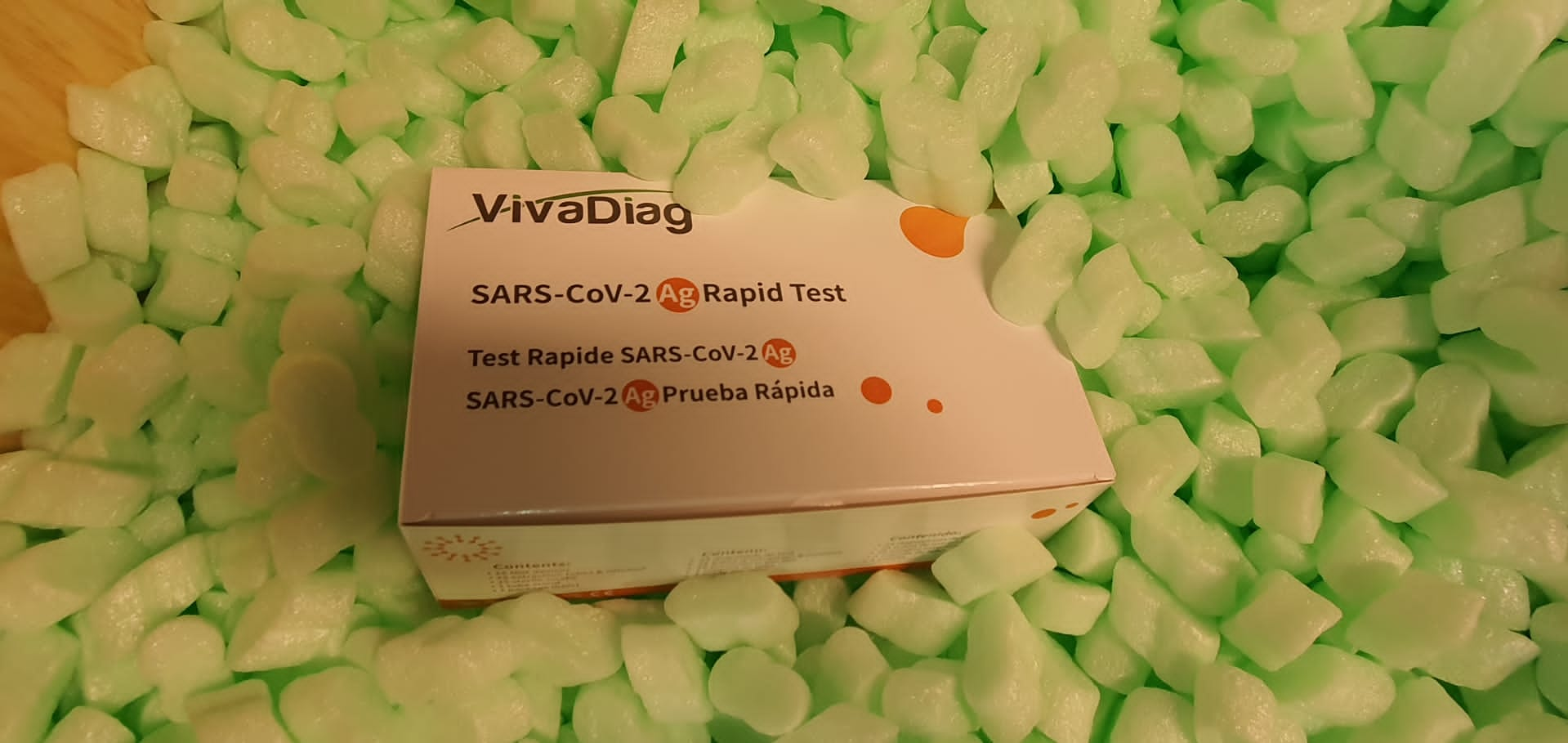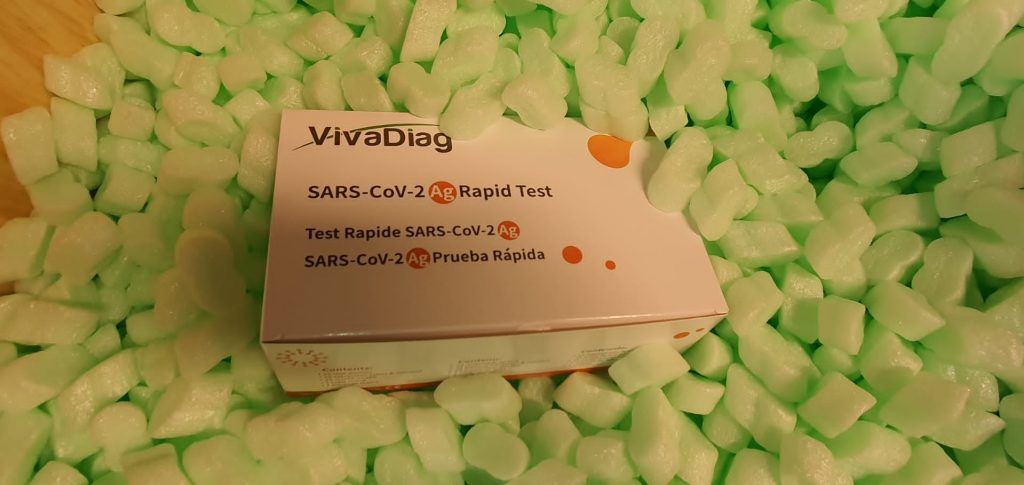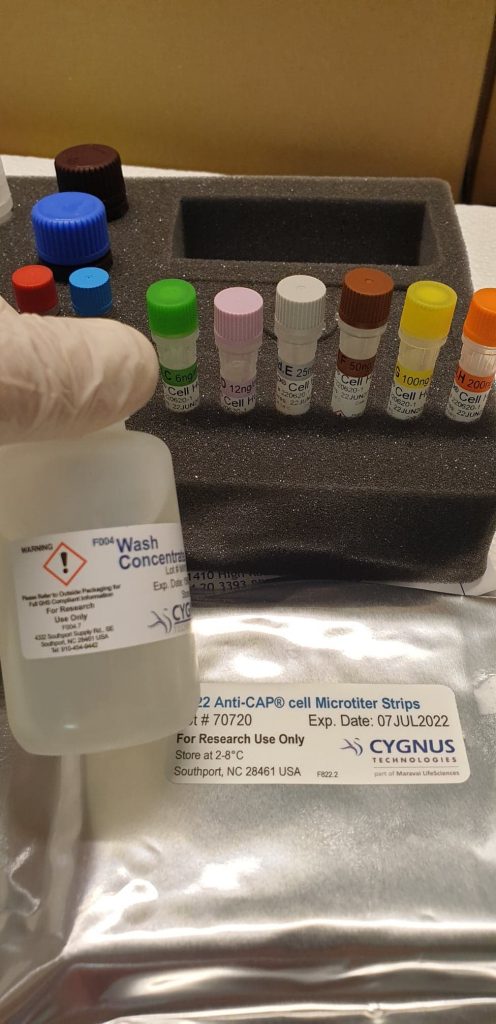Structural mechanism of plant aquaporin gating.
by Jo Miles

Plants counteract fluctuations in water provide by regulating all aquaporins within the cell plasma membrane. Channel closure outcomes both from the dephosphorylation of two conserved serine residues below circumstances of drought stress, or from the protonation of a conserved histidine residue following a drop in cytoplasmic pH on account of anoxia throughout flooding. Here we report the X-ray construction of the spinach plasma membrane aquaporin SoPIP2;1 in its closed conformation at 2.1 A decision and in its open conformation at 3.9 A decision, and molecular dynamics simulations of the preliminary occasions governing gating.
In the closed conformation loop D caps the channel from the cytoplasm and thereby occludes the pore. In the open conformation loop D is displaced as much as 16 A and this motion opens a hydrophobic gate blocking the channel entrance from the cytoplasm. These outcomes reveal a molecular gating mechanism which seems conserved all through all plant plasma membrane aquaporins. Fluorescence-activated cell sorting and single-cell reverse transcriptase polymerase chain response had been used to establish overrepresented plasma cell immunoglobulin (Ig) sequences within the cerebrospinal fluid (CSF) of an NMO affected person after a primary medical assault.
Monoclonal recombinant antibodies (rAbs) had been generated from the paired heavy and lightweight chain sequences and examined for goal specificity and Fc effector perform. The impact of CSF rAbs on CNS immunopathology was investigated by delivering single rAbs to rats with experimental autoimmune encephalomyelitis (EAE). Repertoire evaluation revealed a dynamic, clonally expanded plasma cell inhabitants with options of an antigen-targeted response.
Using a number of impartial assays, 6 of 11 rAbs generated from CSF plasma cell clones particularly sure to AQP4. AQP4-specific rAbs acknowledged conformational epitopes and mediated each AQP4-directed antibody-dependent mobile cytotoxicity and complement-mediated lysis. When administered to rats with EAE, an AQP4-specific NMO CSF rAb induced NMO immunopathology: perivascular astrocyte depletion, myelinolysis, and complement and Ig deposition. Two conserved asparagines drive a central water molecule to serve strictly as a hydrogen bond donor to its neighboring water molecules.
Aquaporin-Four facilitates reabsorption of extra fluid in vasogenic mind edema.
Aquaporin-4 (AQP4) is the most important water channel within the mind, expressed predominantly in astroglial cell membranes. Initial research in AQP4-deficient mice confirmed decreased mobile mind edema following water intoxication and ischemic stroke. We hypothesized that AQP4 deletion would have the other impact (elevated mind swelling) in vasogenic (noncellular) edema as a result of of impaired removing of extra mind water via glial limitans and ependymal limitations. In help of this speculation, we discovered greater intracranial strain and mind water content material in AQP4-deficient mice after steady intraparenchymal fluid infusion.
In a freeze-injury mannequin of vasogenic mind edema, AQP4-deficient mice had remarkably worse medical final result, greater ICP, and better mind water content material. In a mind tumor edema mannequin involving stereotactic implantation of melanoma cells, tumor progress was comparable in wild-type and AQP4-deficient mice. However, AQP4-deficient mice had greater ICP and corresponding accelerated neurological deterioration. Thus, AQP4-mediated transcellular water motion is essential for fluid clearance in vasogenic mind edema, suggesting AQP4 activation and/or up-regulation as a novel therapeutic choice in vasogenic mind edema.
Concentration of urine in mammals is regulated by the antidiuretic hormone vasopressin. Binding of vasopressin to its V2 receptor results in the insertion of water channels in apical membranes of principal cells in amassing ducts. In nephrogenic diabetes insipidus (NDI), the kidney fails to pay attention urine in response to vasopressin. A male affected person with an autosomal recessive type of NDI was discovered to be a compound heterozygote for 2 mutations within the gene encoding aquaporin-2, a water channel. Functional expression research in Xenopus oocytes revealed that every mutation resulted in nonfunctional water channel proteins. Thus, aquaporin-2 is crucial for vasopressin-dependent focus of urine.

Control of the selectivity of the aquaporin water channel household by world orientational tuning.
Aquaporins are transmembrane channels present in cell membranes of all life types. We look at their apparently paradoxical property, facilitation of environment friendly permeation of water whereas excluding protons, which is of vital significance to preserving the electrochemical potential throughout the cell membrane. We have decided the construction of the Escherichia coli aquaglyceroporin GlpF with sure water, in native (2.7 angstroms) and in W48F/F200T mutant (2.1 angstroms) types, and carried out 12-nanosecond molecular dynamics simulations that outline the spatial and temporal likelihood distribution and orientation of a single file of seven to 9 water molecules contained in the channel.
Assisted by the electrostatic potential generated by two half-membrane spanning loops, this dictates reverse orientations of water molecules within the two halves of the channel, and thus prevents the formation of a “proton wire,” whereas allowing fast water diffusion. Both simulations and observations revealed a extra common distribution of channel water and an elevated water permeability for the W48F/F200T mutant. “Real time” molecular dynamics simulations of water permeation via human aquaporin-1 (AQP1) and the bacterial glycerol facilitator GlpF are offered.
[Linking template=”default” type=”products” search=”Goose Calretinin ELISA Kit” header=”2″ limit=”132″ start=”2″ showCatalogNumber=”true” showSize=”true” showSupplier=”true” showPrice=”true” showDescription=”true” showAdditionalInformation=”true” showImage=”true” showSchemaMarkup=”true” imageWidth=”” imageHeight=””]
We obtained time-resolved, atomic-resolution fashions of the permeation mechanism throughout these extremely selective membrane channels. Both proteins act as two-stage filters: Conserved fingerprint [asparagine-proline-alanine (NPA)] motifs type a selectivity-determining area; a second (fragrant/arginine) area is proposed to perform as a proton filter. Hydrophobic areas close to the NPA motifs are rate-limiting water limitations. In AQP1, a fine-tuned water dipole rotation throughout passage is crucial for water selectivity. In GlpF, a glycerol-mediated “induced match” gating movement is proposed to generate selectivity for glycerol over water.
Plants counteract fluctuations in water provide by regulating all aquaporins within the cell plasma membrane. Channel closure outcomes both from the dephosphorylation of two conserved serine residues below circumstances of drought stress, or from the protonation of a conserved histidine residue following a drop in cytoplasmic pH on account of anoxia throughout flooding. Here we…

| M | T | W | T | F | S | S |
|---|---|---|---|---|---|---|
| 1 | 2 | 3 | 4 | 5 | 6 | 7 |
| 8 | 9 | 10 | 11 | 12 | 13 | 14 |
| 15 | 16 | 17 | 18 | 19 | 20 | 21 |
| 22 | 23 | 24 | 25 | 26 | 27 | 28 |
| 29 | 30 | |||||

Categories
- Bird
- Blog
- Conjugation of Synthetic Trisaccharide of Staphylococcus aureus Type 8 Capsular Polysaccharide Elicits Antibodies Recognizing Intact Bacterium.
- Model of vaccine efficacy against HSV-2 superinfection of HSV-1 seropositive mice demonstrates protection by antibodies mediating cellular cytotoxicity.
- My Blog
- PCR
- peptide
- Percp
- Perivascular Lymphocyte Clusters Induced by Gastric Subserous Layer Vaccination Mediate Optimal Immunity against Helicobacter through Facilitating Immune Cell Infiltration and Local Antibody Response.
- peroxidase
- phosphor
- PicoProbe
- Standard
- step
- sterile
- strip
- Target
- TEMED

